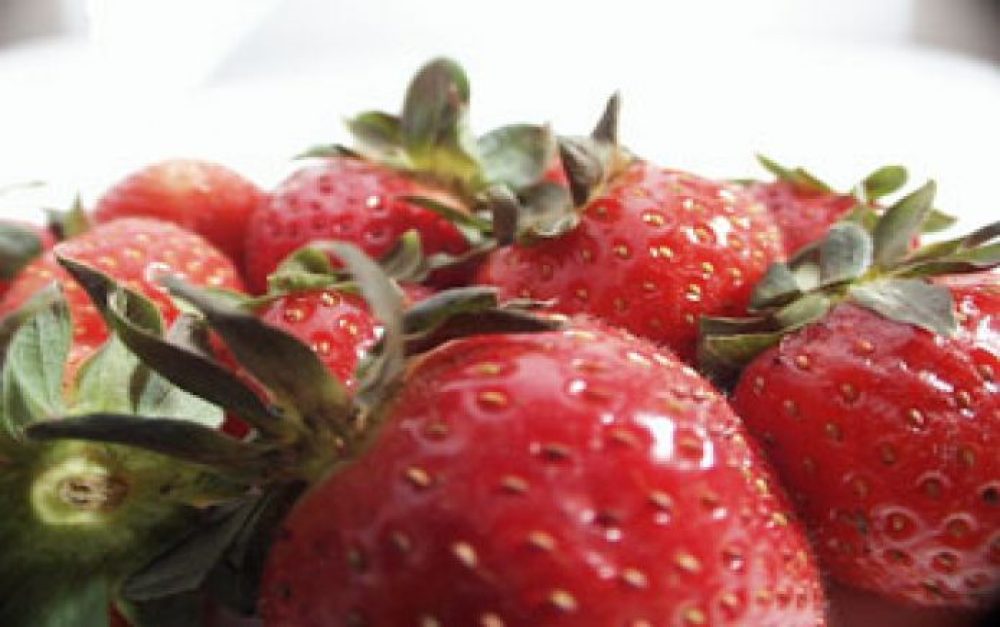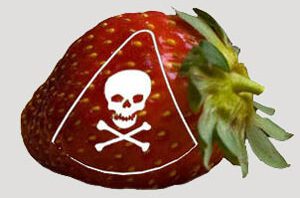Last week offered hope for science and strawberries, both. Three newsworthy events marked progress toward the slow crumbling of chemical industry influence on government. Each crack, however small, offers an opportunity toward food democracy, and the use of science in powerful service of the public good.
First, the national news: U.S. EPA opened its doors for public comment on our legal petition to stop all uses of methyl iodide nationwide!
This means that the U.S. EPA is considering pulling the use of one of the most toxic chemicals on earth. Administrator Lisa Jackson needs to hear from you. They're only taking comment through April 30th, and we'd expect a final ruling within the coming months.
Second, an important opening in California. On Tuesday, March 15, the director of California's Department of Pesticide Regulation, Mary-Ann Warmerdam, resigned to go to work for Clorox (yes, that Clorox). And now, according to the Ventura County Star, Governor Brown has publicly agreed to take 'a fresh look' at methyl iodide.
Head of CA's Dept. of Pesticide Regulation resigns to go to work for Clorox
Besides being a reminder of the revolving door between industry and regulatory agencies, Warmerdam's resignation offers Governor Brown the immediate opportunity to appoint a Director that will prioritize the use of science in decision making, and who will ensure the agency embodies its public mission. What would that look like? A new DPR head could work closely with farm groups, government and University researchers to incentivize and reward farmers that are innovatively growing food without reliance on toxic chemicals, including methyl iodide and the other fumigant pesticides.
Many of you wrote Ms. Warmerdam time and again during the years of her tenure, and despite the science and will of Californians, she approved the use of methyl iodide in the 11th hour of the Schwarzenegger administration. As we expected, Ms. Warmerdam left DPR to work for the chemical industry.
And finally, important new science from the USDA showcased hot molasses as a promising option for farmers that are ending reliance on methyl bromide. Since U.S. agricultural research has largely fallen into the hands of private sector agrichemical and seed companies, we see precious little publicly-funded science on innovative technologies that don't force farmer reliance on pesticides. Not so in this case, or in research recently published by the California Strawberry Commission on farming without fumigants.
Take Action» Tell policymakers that you want science and democracy to matter when it comes to safe strawberries.







